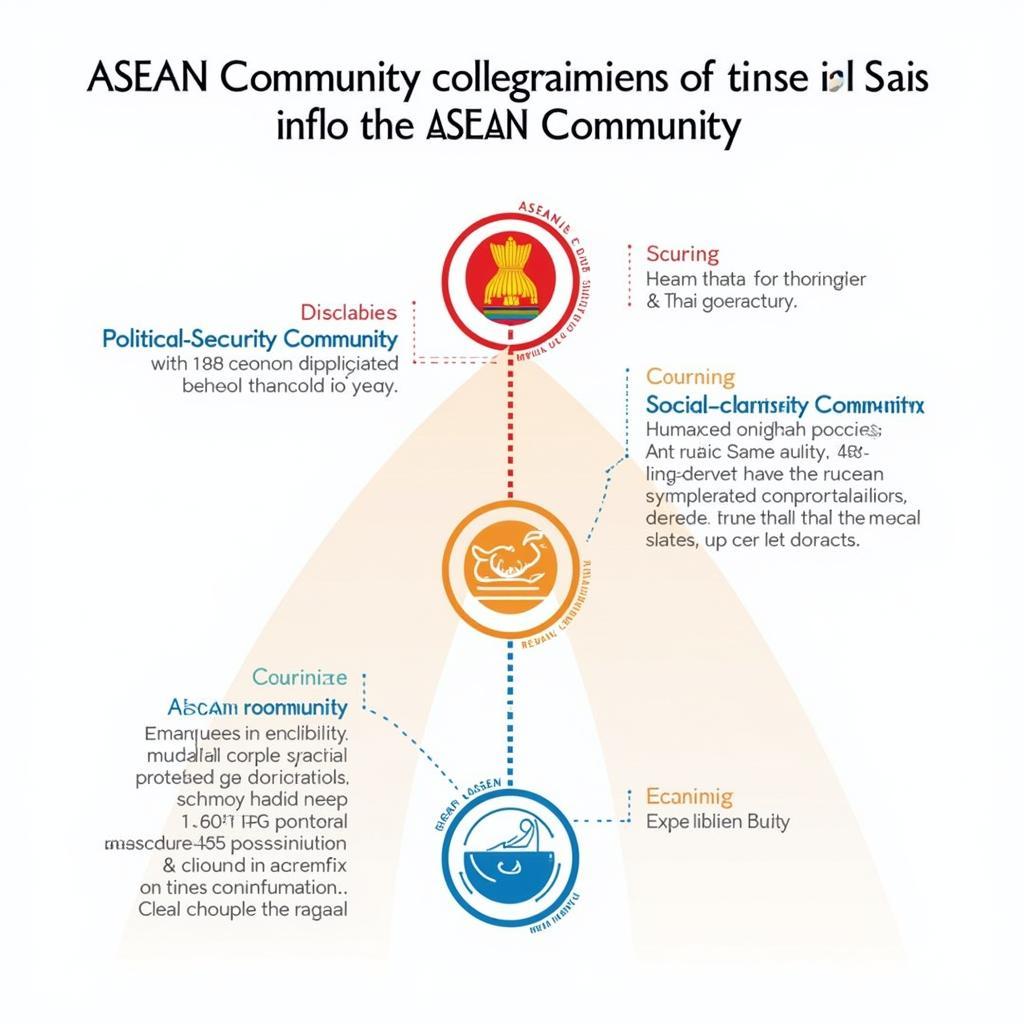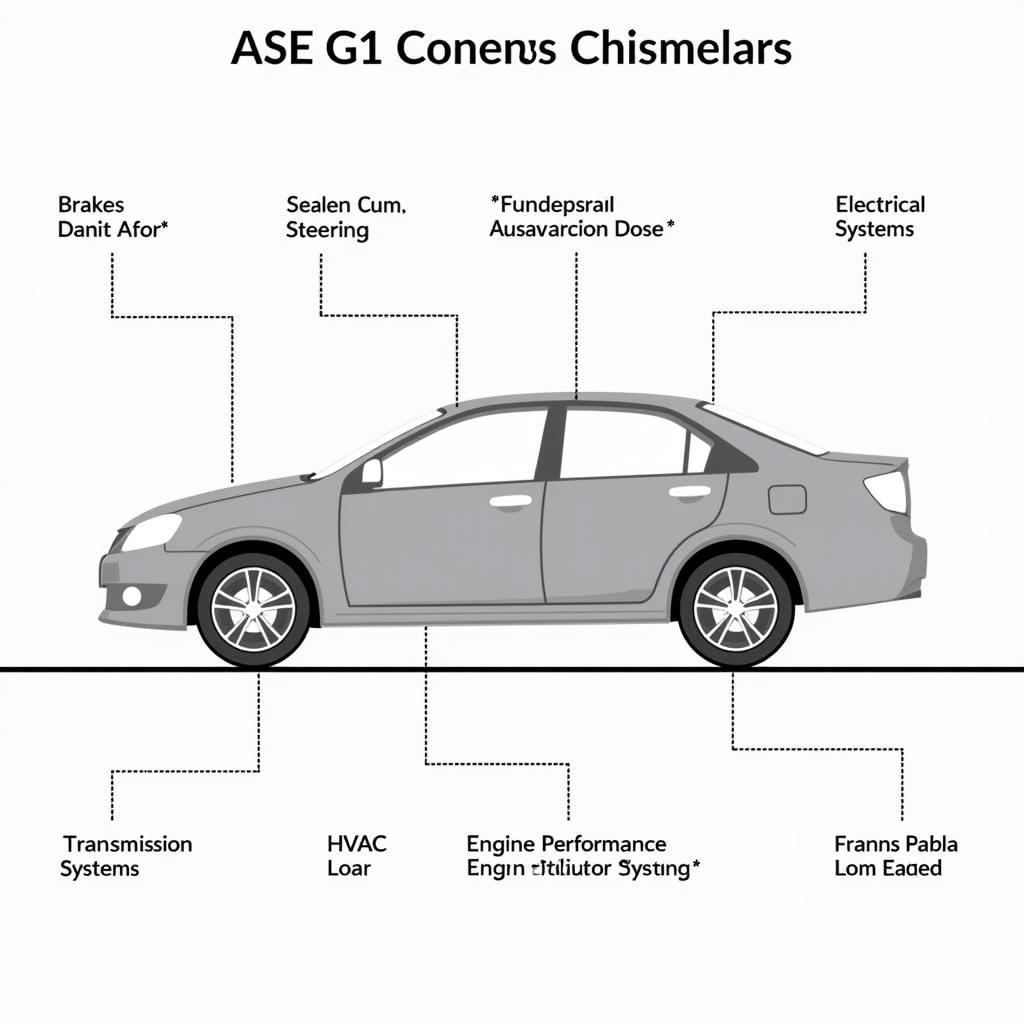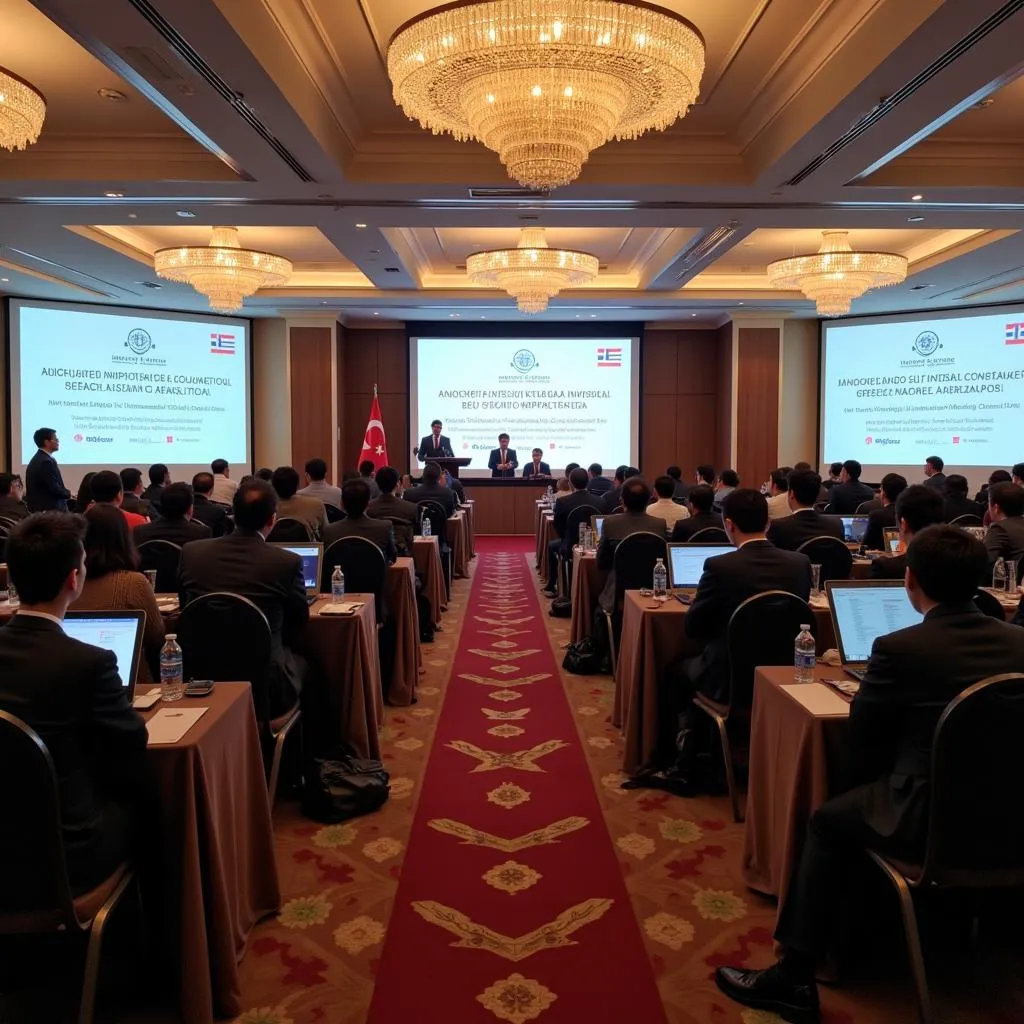The Asean 2015 Purpose marked a pivotal moment in the region’s history, signifying the establishment of the ASEAN Economic Community (AEC). This ambitious integration aimed to transform Southeast Asia into a single market and production base, fostering greater economic cooperation, free flow of goods, services, investment, skilled labor, and freer flow of capital. But beyond the economic aspirations, the 2015 deadline embodied a broader vision for the region – one of enhanced political security, socio-cultural integration, and a stronger ASEAN identity on the global stage.
Deep Dive into the ASEAN 2015 Goals
The AEC, the cornerstone of the ASEAN 2015 purpose, aimed to create a dynamic and highly competitive region by reducing tariffs and non-tariff barriers, facilitating trade liberalization, and promoting investments. This involved harmonizing regulations, standardizing procedures, and strengthening regional institutions. The ultimate goal was to boost economic growth, create jobs, and improve the lives of the people across Southeast Asia. However, the ASEAN 2015 purpose extended beyond purely economic objectives. It also encompassed crucial aspects of political-security cooperation, socio-cultural collaboration, and building a more unified ASEAN voice in international affairs.
 ASEAN 2015 Pillars of Community
ASEAN 2015 Pillars of Community
What Were the Key Pillars of the ASEAN 2015 Purpose?
The ASEAN 2015 purpose rested upon three crucial pillars: the Political-Security Community, the Economic Community, and the Socio-Cultural Community. These pillars were interconnected and mutually reinforcing, designed to create a holistic approach to regional integration. The Political-Security Community aimed to enhance regional peace and stability through mechanisms for conflict prevention, resolution, and management. The Socio-Cultural Community focused on fostering a sense of shared identity and promoting people-to-people connectivity through education, cultural exchanges, and social development programs. For a deeper understanding of ASEAN as an intergovernmental organisation, you can find insightful information here.
The Socio-Cultural Impact of ASEAN 2015
Beyond economic indicators, the ASEAN 2015 purpose aimed to strengthen the social fabric of the region. It sought to bridge cultural divides, promote understanding and tolerance, and empower communities. This involved initiatives ranging from educational exchanges and cultural festivals to joint efforts in disaster management and environmental protection. These initiatives were instrumental in fostering a stronger sense of ASEAN identity and regional belonging. You can delve deeper into the AEC’s formation by exploring its connection with AFTA and the New Regionalism.
“The ASEAN 2015 purpose wasn’t just about creating a free trade zone,” observes Dr. Amelia Tan, a prominent Southeast Asian economist. “It was about weaving a tighter tapestry of nations, bound together not only by economic interests but by shared values and cultural ties.” The 2015 ASEAN International Film Festival & Awards serves as a testament to this cultural integration. Furthermore, “Prosperity is not just about economic growth,” adds Dr. Nguyen Van Thanh, a leading sociologist. “It’s about social progress, and cultural harmony.” You can explore more about ASEAN 2015 prosperity to gain further insights.
Conclusion
The ASEAN 2015 purpose represented a significant leap forward in the region’s journey towards greater integration. It laid the foundation for the ASEAN Economic Community and set in motion a process of deeper political, security, and socio-cultural cooperation. While challenges remain, the 2015 milestone serves as a testament to ASEAN’s commitment to building a more prosperous, secure, and integrated region for all. Furthermore, understanding the ASEAN Economic Community is crucial for comprehending the region’s economic landscape.
FAQ
- What was the main goal of ASEAN 2015? To establish the ASEAN Economic Community.
- What are the three pillars of the ASEAN Community? Political-Security, Economic, and Socio-Cultural.
- What is the AEC? The ASEAN Economic Community.
- What were the socio-cultural aims of ASEAN 2015? To foster shared identity and regional belonging.
- How did ASEAN 2015 contribute to regional peace? By strengthening political-security cooperation.
- What were the economic objectives of ASEAN 2015? To create a single market and production base.
- How did ASEAN 2015 impact the lives of people in Southeast Asia? By promoting economic growth and social development.
Need support? Contact us 24/7: Phone: 0369020373, Email: [email protected], or visit us at: Thon Ngoc Lien, Hiep Hoa, Bac Giang, Vietnam.

